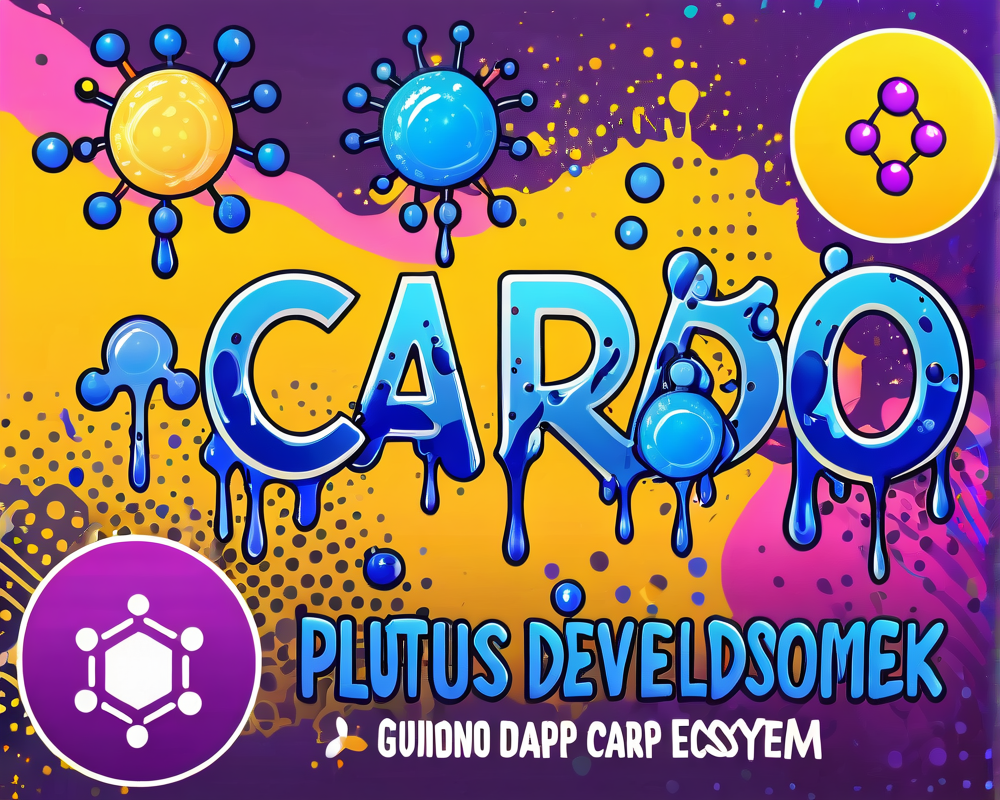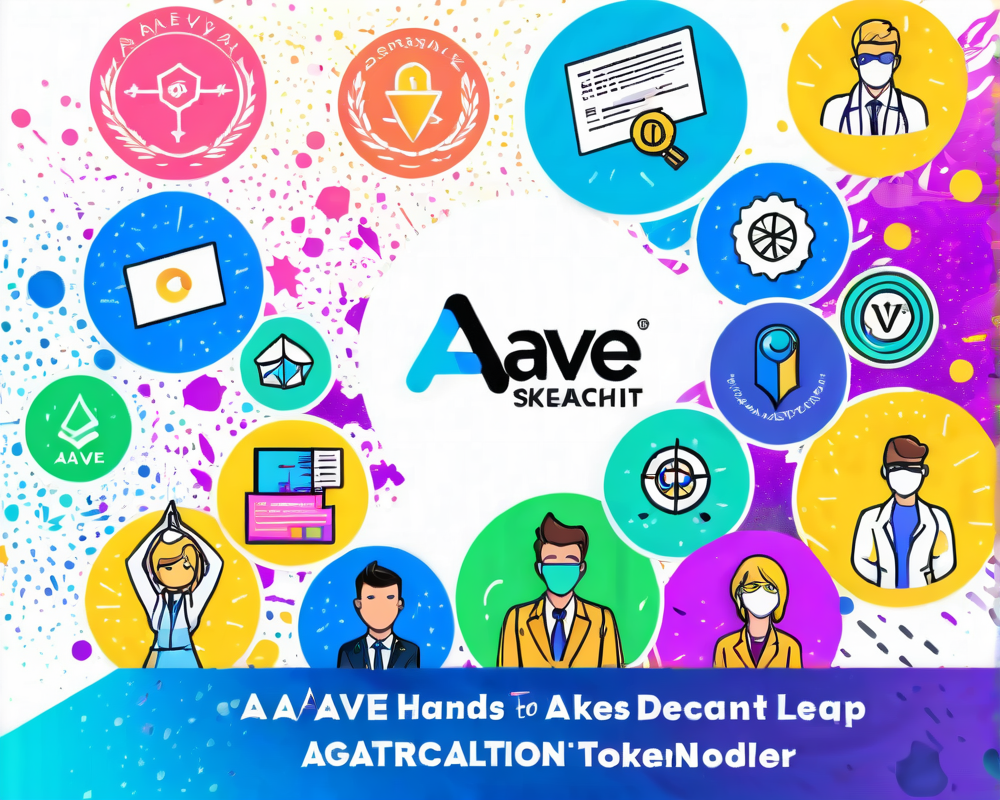Understanding Decentralized Applications (dApps)
With the rise of blockchain technology, decentralized applications (dApps) are gaining traction among businesses and developers alike. dApps leverage the unique benefits of decentralized networks, offering everything from financial solutions to social media platforms. However, diving into the dApp development pool is no easy swim; it often feels more like finding a needle in a haystack while wearing a blindfold.
The Role of Frameworks in dApp Development
To ease the dApp development process, various frameworks have sprouted like weeds in spring. These frameworks equip developers with the necessary tools to test, compile, deploy, and debug their applications. It’s like having a Swiss Army knife in your pocket—now, who doesn’t want that?(Or at least part of their pocket…)
Plutus: The Heart of Cardano’s Smart Contracts
At the forefront of Cardano’s ecosystem is Plutus, its dedicated smart contract programming language. Built on the sturdy foundation of Haskell, Plutus is designed for precision and reliability. Think of it as the dependable friend who never forgets your birthday.
- Functional and Flexible: Plutus isn’t just for show; it handles on-chain and off-chain code seamlessly, allowing for complex financial interactions.
- Formal Verification: Developers can mathematically validate their contracts before going live, reducing the risk of unpleasant surprises—such as accidentally sending your funds to the digital Bermuda Triangle.
Decoding the Purpose of the Plutus Application Backend (PAB)
Understanding Cardano’s eUTXO model is crucial for anyone looking to develop dApps. Unlike Ethereum’s account model, where everything resides on-chain, Cardano’s eUTXO model runs smart contract computations off-chain. This makes transaction validation not only efficient but easier on the developer’s eyes.
Enter the Plutus Application Backend (PAB), the backstage pass for developers working with Plutus smart contracts. It encompasses functionality such as:
- Querying blockchain state
- Managing user input
- Executing smart contracts
- Balancing transactions with finesse
- Submitting transactions to the network
The PAB Landscape: A Closer Look
With several PABs available, developers can choose the one that best fits their needs. Here’s a peek into some of the noteworthy ones:
- IOG PAB: A Haskell monolith that merges various tools, but be warned—it’s more complex than deciphering a Rubik’s cube blindfolded.
- Atlas: A user-friendly PAB built in collaboration with experts to ease the transaction building process. It’s like having a GPS in the wilderness of coding.
- Lucid: This JavaScript-friendly PAB caters to web developers, making it as cozy as your favorite pair of sweatpants.
- Mesh: Similar to Lucid, focusing on simplicity and compatibility with React frontends, helping developers mint, stake, and bundle assets without pulling their hair out.
Wrapping Up the dApp Development Journey on Cardano
While building a PAB from scratch can seem like a David vs. Goliath situation, Cardano’s community now benefits from four open-source PAB solutions that significantly lower the barrier to entry. With so many choices, developers can mix and match frameworks and tools to cultivate their unique dApp creations.
In conclusion, the ecosystem is ripe for exploration, and by leveraging the right frameworks, aspiring developers can find success in the world of dApps. With Cardano’s diverse offerings, building and deploying applications has never felt more achievable—or more fun!




